New and popular hotels in Seoul recommended by Trip.com. Planning a trip to Seoul? While traveling to South Korea, Seoul is one of the most popular destinations. Located in South Korea, Seoul is a well-known and vibrant city.
Every day, travelers worldwide arrive at Gimpo International Airport to start their vacations and business trips in Seoul. It's easy to reach Seoul. The city can be reached by plane, train, and car.
You don't have to worry about accommodations when traveling to Seoul. Here, there are more than 1899 hotels for you to choose from. The local average price is 57 USD per night. There are a variety of hotels to meet the needs of different types of travelers. There are 30 five-star hotels in Seoul at an average price of 185 USD per night. There are 86 four-star hotels in Seoul at an average price of 81 USD per night. There are 310 three-star hotels in Seoul at an average price of 61 USD per night. There are 487 two-star hotels in Seoul at an average price of 44 USD per night. There are many well-known chain hotels in Seoul. Hotels under the Ramada brand are a good choice. In Seoul, chain hotels such as Ramada are one of the top choices among travelers. A popular hotel in Seoul, Tmark Hotel Myeongdong Seoul is also one of the highest rated. If you're still unsure, Trip.com recommends Loisir Hotel Seoul Myeongdong.
If you stay at a hotel in downtown Seoul, nearby attractions like Seoul City Hall, Olympic Hall, Seoul Plaza can be your first stop. You can choose attractions in Seoul that are perfect for a weekend getaway, such as Olympic Park, GOCHEOK SKY DOME, Lotte World Aquarium. The most popular attractions for tourists in Seoul are Myeong Dong, Dongdaemun Gate, Sungnyemun Gate. With a developed commercial area, visitors can head to Sinsadong Garosu-gil Road, apM PLACE, DOOTA DUTY FREE for a great shopping experience.
Average Temperature
• January to March: 3.21°C during the day, -0.95°C at night
• April to June: 19.97°C during the day, 15.03°C at night
• July to September: 26.03°C during the day, 22.14°C at night
• October to December: 9.63°C during the day, 5.28°C at night
Average seasonal Rainfall
• Spring: 30.33 cm
• Summer: 104.17 cm
• Autumn: 271.17 cm
• Winter: 42.4 cm
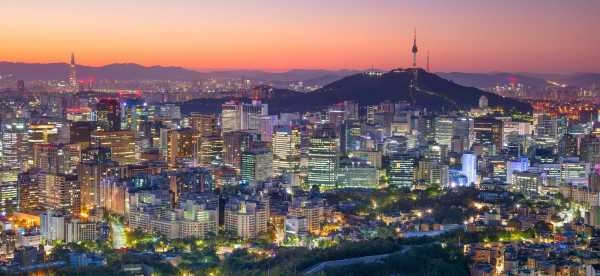

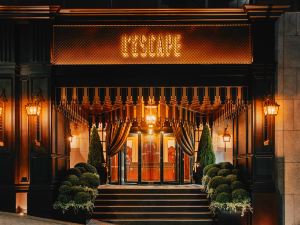

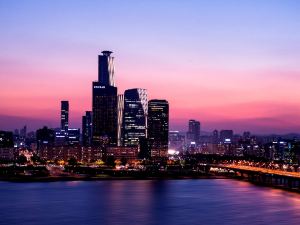
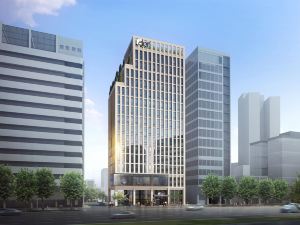
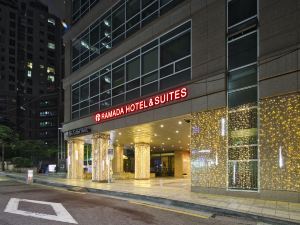
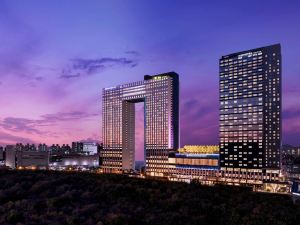

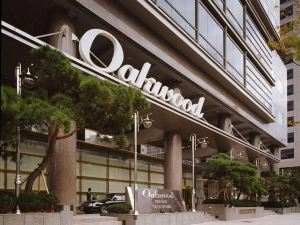

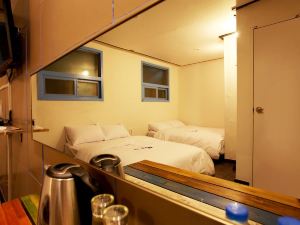
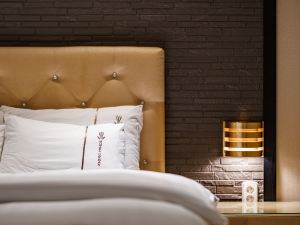

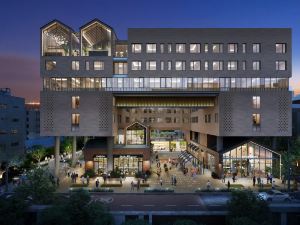
















Outstanding
122 Reviews